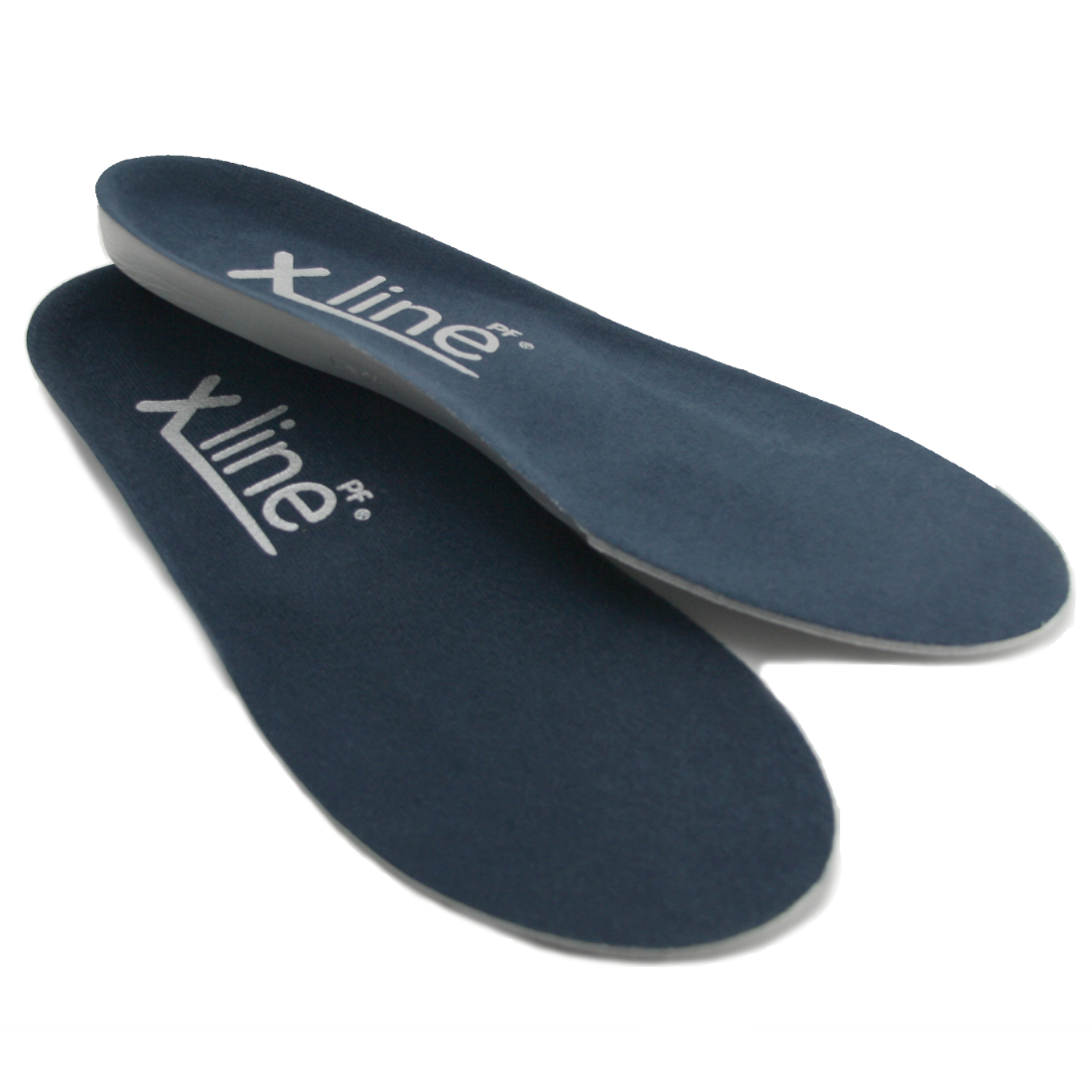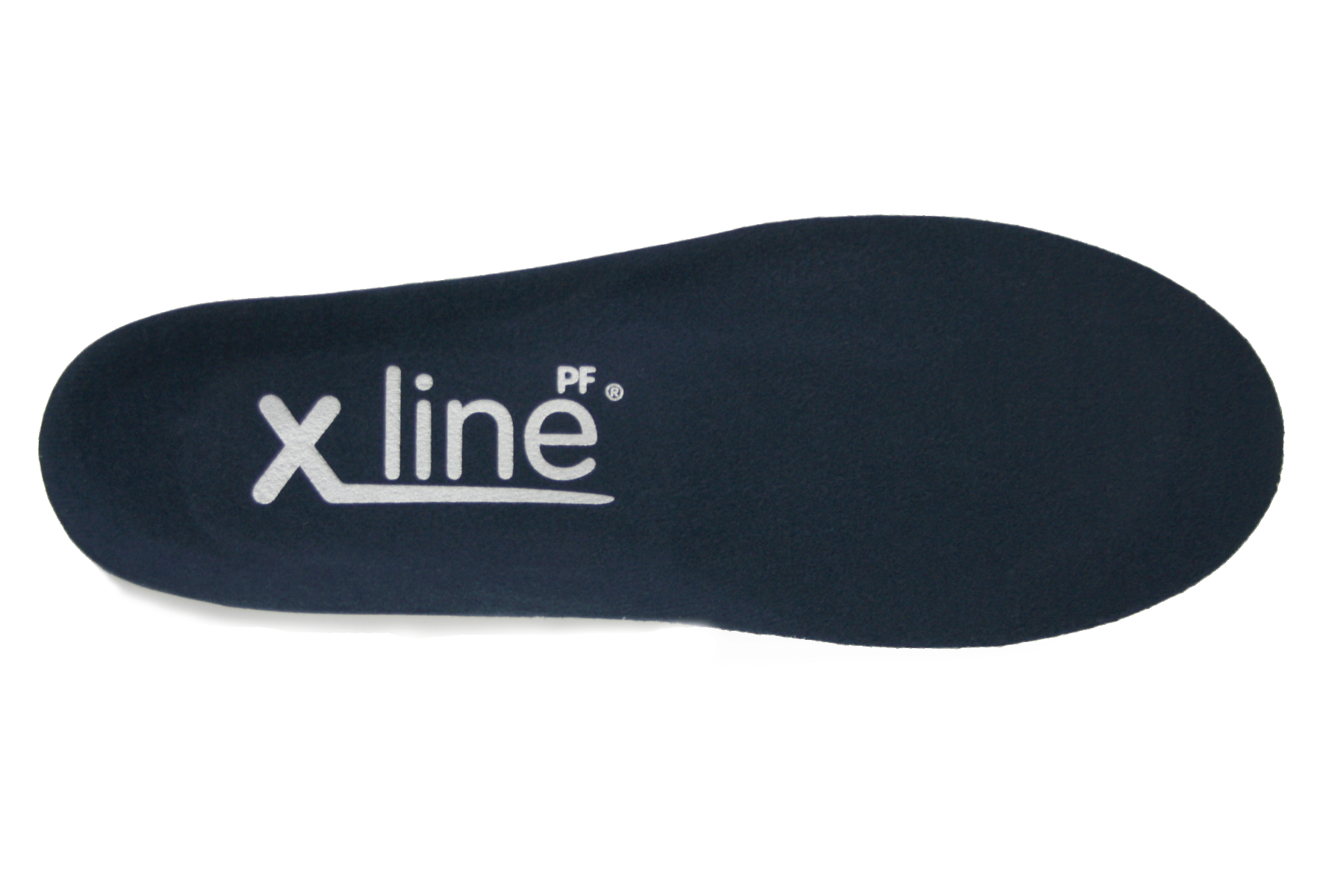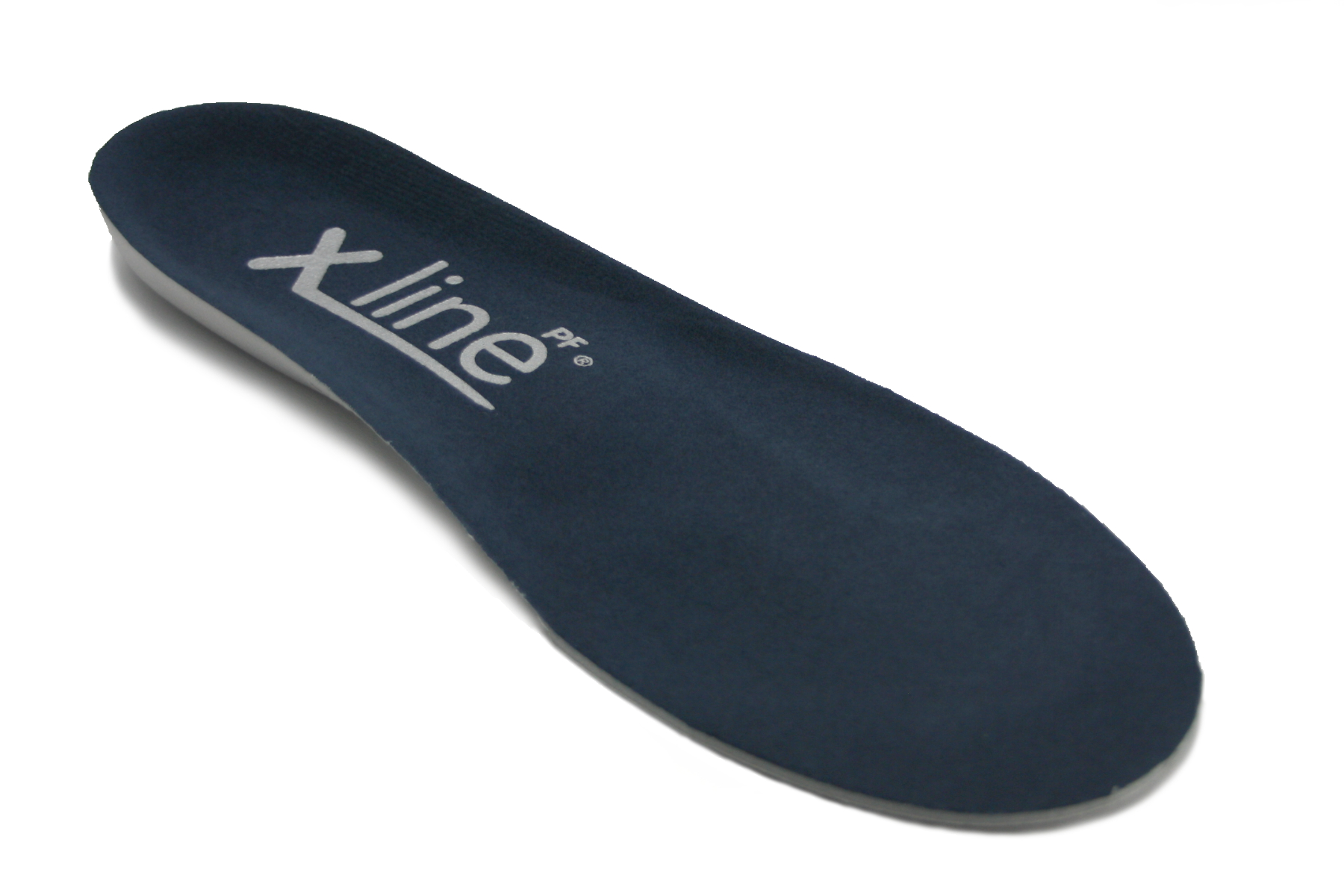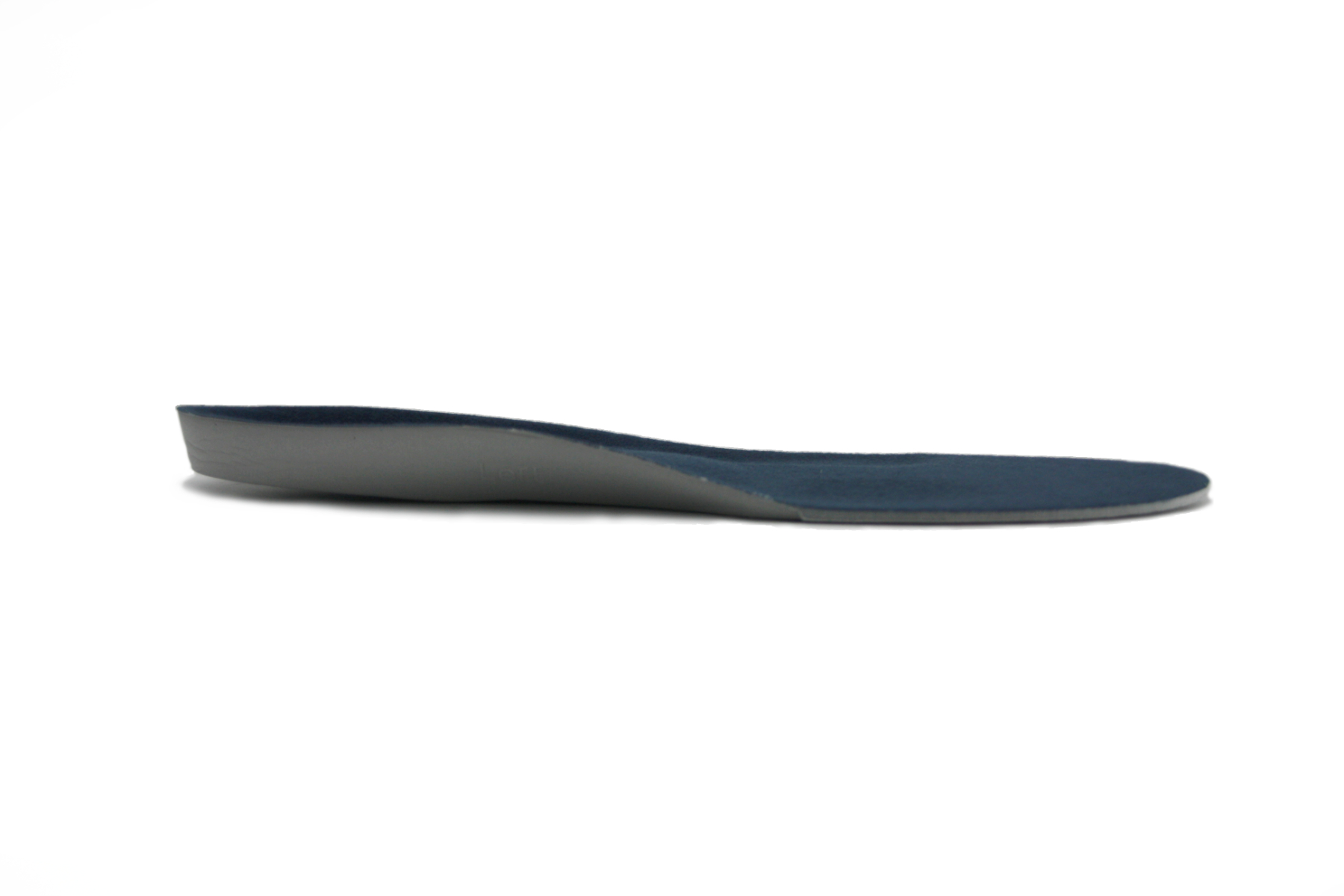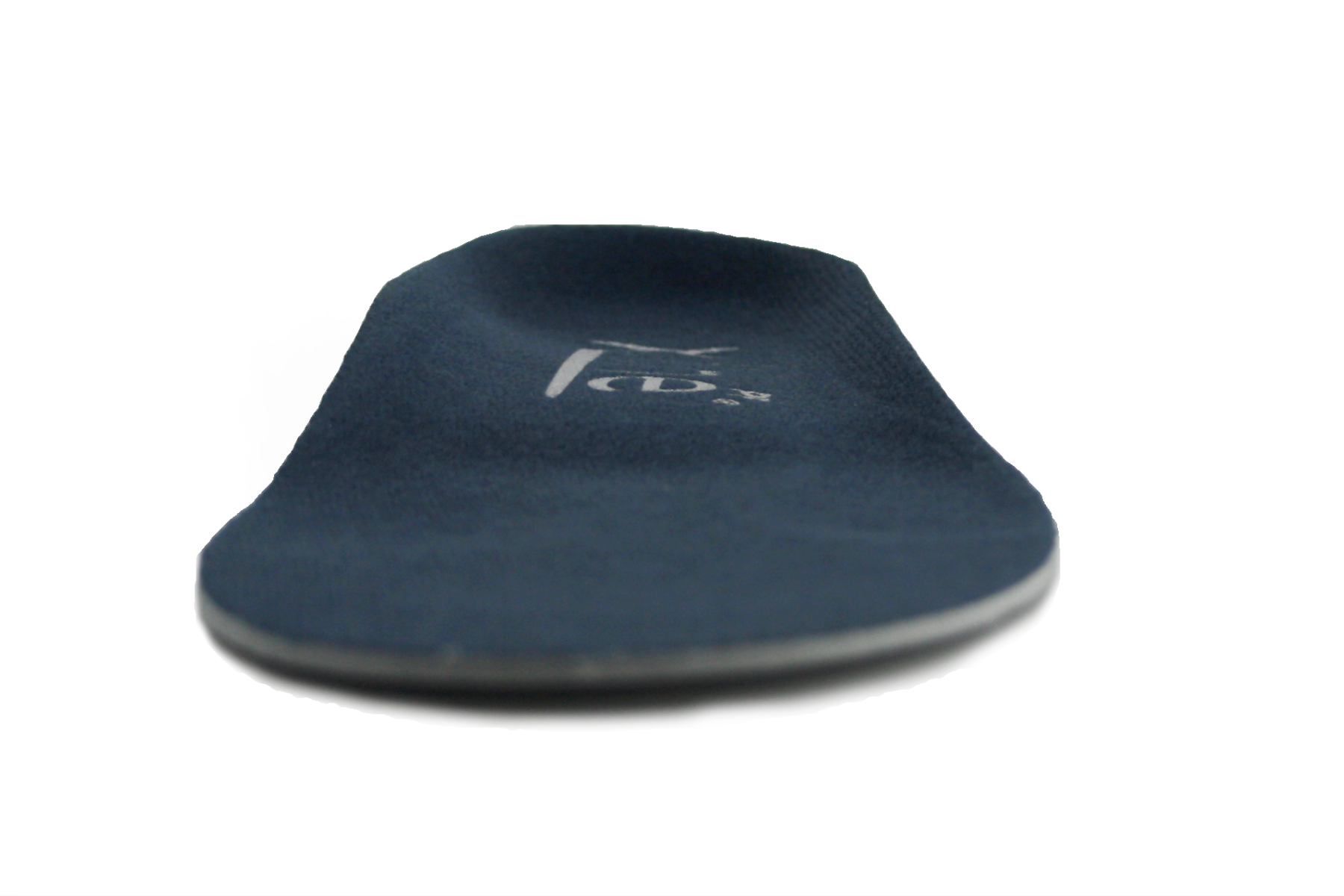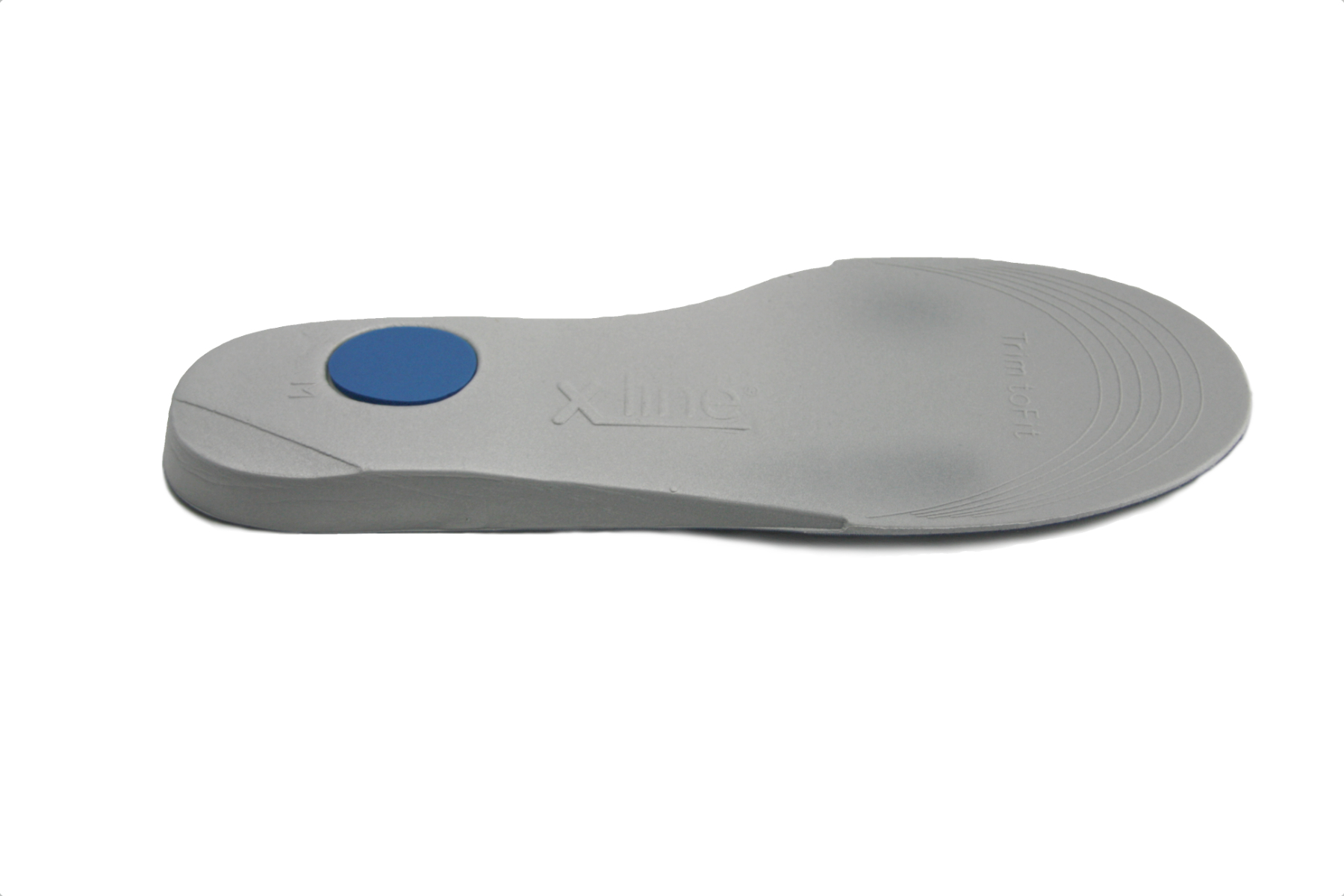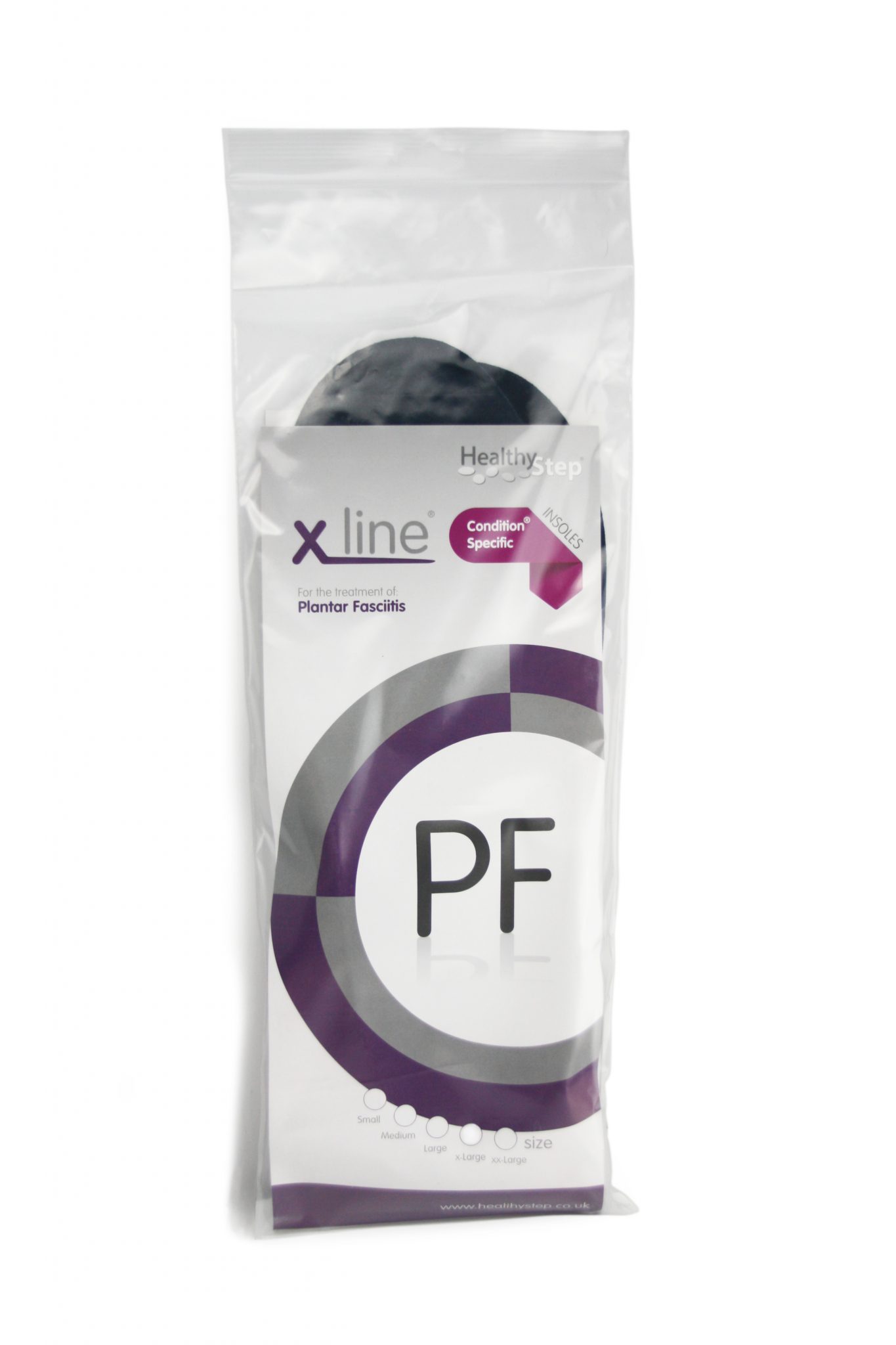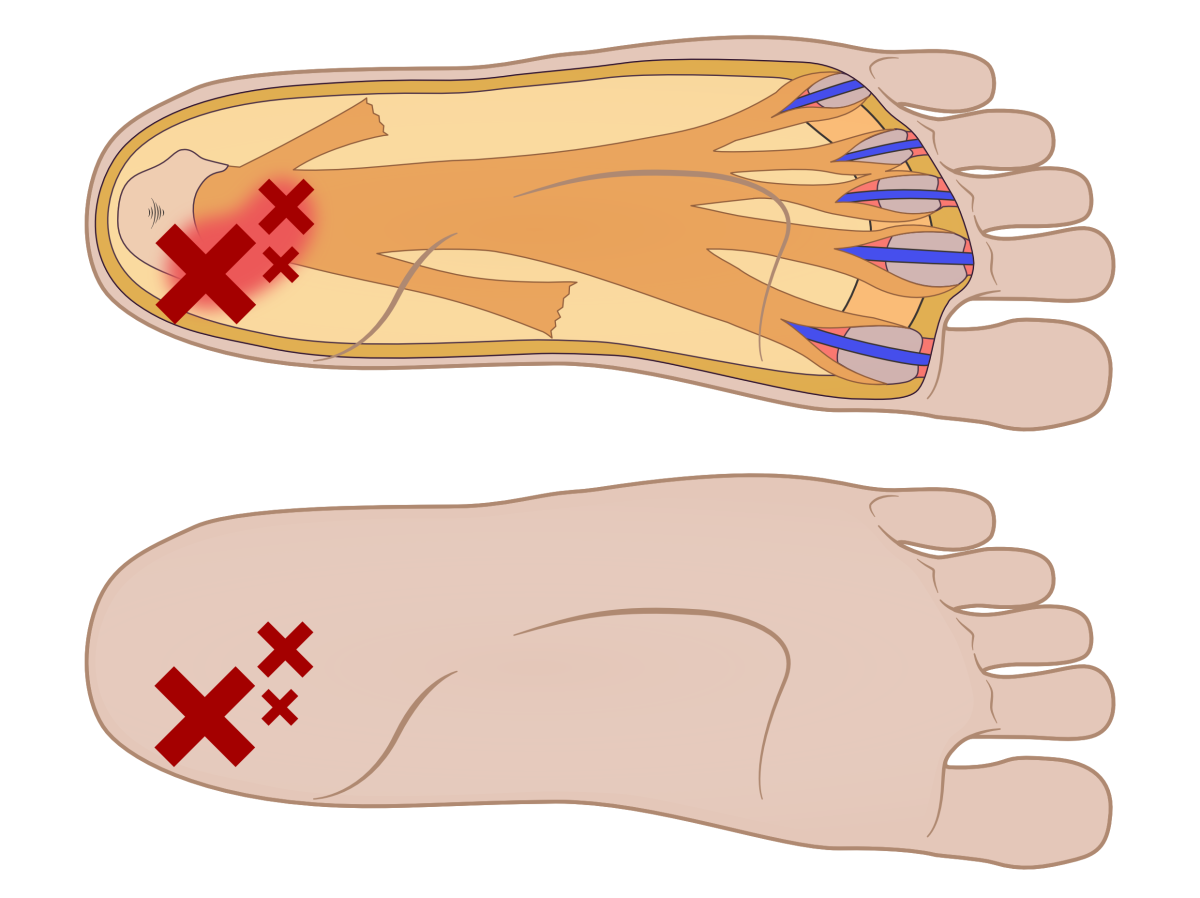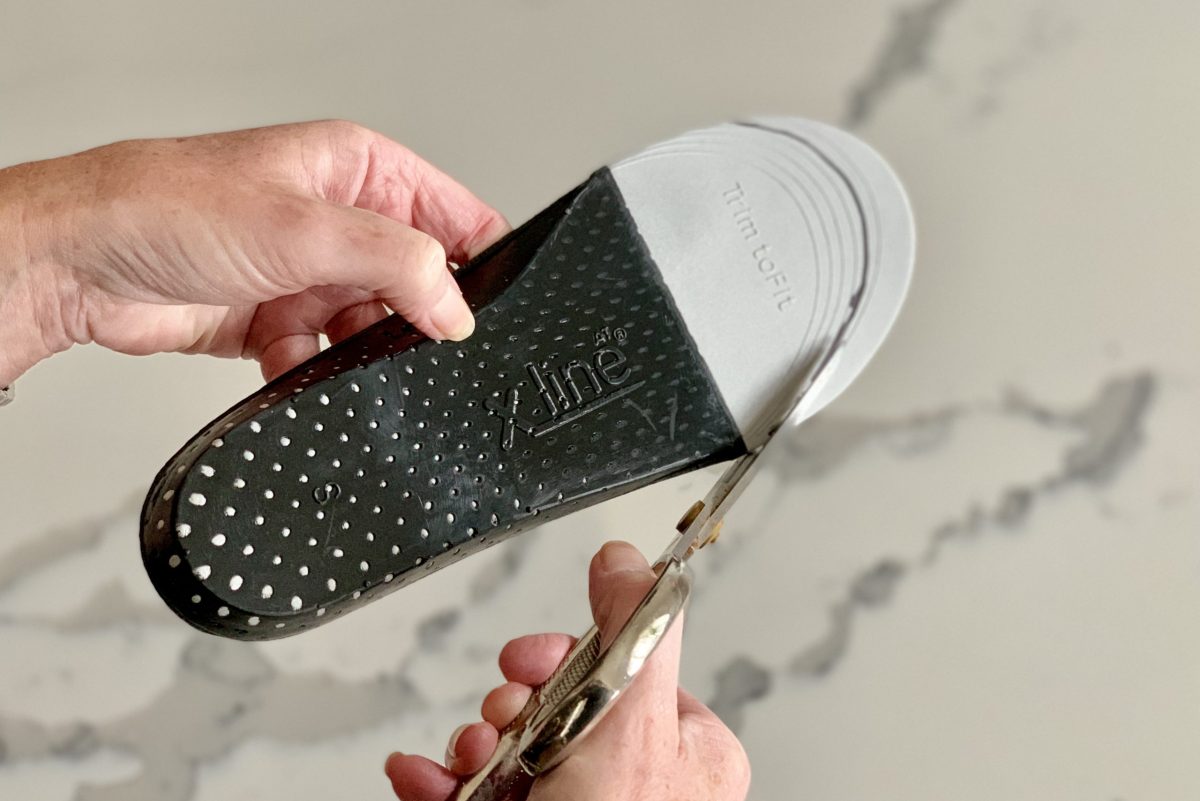X-Line Plantar Fasciitis Insoles
The Condition Specific PF plantar fasciitis insole is one of very few foot orthotic insoles specifically designed for heel pain relief caused by plantar fasciitis also known plantar fasciopathy, heel spurs, policeman’s heel, or postman’s heel.
£27.50
Product Description
Our Plantar fasciitis insoles are designed in the UK. These insoles for plantar fasciitis incorporate more specific heel protection features for feet than any other orthotic device available. These insoles are widely used and recommended across the UK’s NHS. They have been shown to be an effective part of the management of plantar heel pain and can help relieve other foot and calf symptoms that develop with plantar fasciitis.
The X-line Plantar Fasciitis Insole is supplied individually or as part of the HeelFixKit (where they are coloured red), which is also designed by HealthyStep and has all you need to speed up your recovery:
- 14 days supply of heel pain relief tape
- A foot Therapy ball
- The red PF Insole
- Advice and Exercise sheet
Plantar fasciitis is:
- Heel discomfort that is worse in the morning or rising from rest
- Pain during and after long periods of exercise and standing
- Also known as policeman’s heel or foot, postman’s heel or foot,
heel spur, and is also called plantar fasciopathy by clinicians.
Features:
- Plantar fasciitis inserts well-positioned to the most painful spot on the heel
- Deep heel cup and midfoot cradle to reduce heel pressures
- Heel raise and heel rocker to reduce plantar fascia stresses during walking
- Forefoot stabilisation contouring to ease plantar fascia strains
- Brush nylon cover for softness
Fits the following shoe styles:
- Any shoe with a removable in-sock/insole
- Most lace-up comfort shoe styles
- Trainers and walking shoes
- Avoid very flat shoes
- Avoid very flexible shoes
- Perfect for plantar fasciitis, these are orthotic-insoles designed to deliver appropriate arch support and relief in a slim design.
- The product offers pain relief by targeting the mechanical issues in your foot that provoke plantar fasciitis, by improving foot stabilisation and the ease of heel lift.
- Instantly comforting features include a correctly positioned, off-centred heel shock dot to protect the area most commonly affected by plantar fasciitis.
- A lift and rocker under the heel to mechanically assist heel lift when the plantar fascia is under most strain.
Suitable for:
- Heel pain associated from rising from bed or sitting, especially after periods of exercise.
- Assisting plantar fasciitis induced heel pain particularly when combined with taping and foot exercises
For more information on how this product works, click here:
The PF (plantar fasciitis) insole is designed to bring the symptoms of plantar fasciitis under control.
The plantar fascia is a fibrous sheet that runs from the underside of the heel bone to each toe joint. It helps the foot shock absorb and remain stable while it is on the ground. It is under considerable stress under forces from forward ankle motion and especially at the point where the heel lifts from the ground.
By incorporating features that reduce the amount of ankle forward motion before the heel lifts, and making heel lift easier the PF insole can reduce strain within the plantar fascia. This allows the body to repair damage to the plantar fascia where it attaches to the heel bone.
Start foot and calf rehabilitation with these exercises
Other Popular HealthyStep Products You may also like…
-
£15.45 + More
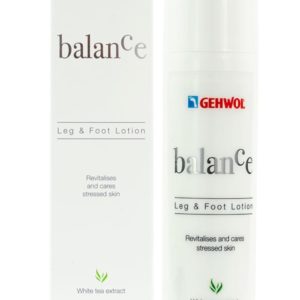
Gehwol Balance Leg & Foot Lotion
A pro-biotic care concept forms the basis of GEHWOL Balance Leg & Foot Lotion for skin stressed by external influences every day.It revitalises and strengthens the natural skin barrier.
-
£18.99 + More
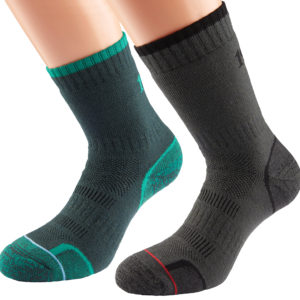
WALKING SOCK (TWIN PACK)
3 Season comfort for walkers.Perfect with all types of walking boot or shoe.The 1000 Mile Walk Sock offers 3 season comfort and temperature control.
-
£29.95 + More
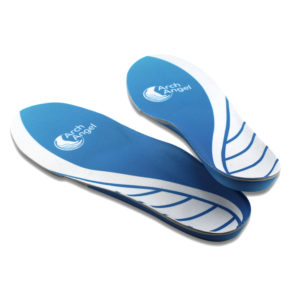
Fallen Arch Insoles
ArchAngel® fallen arches insoles have been designed and contoured to provide the best comfort and arch support for feet with fallen arches.

